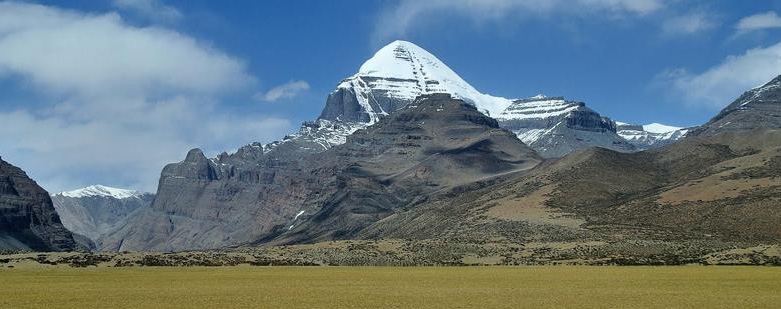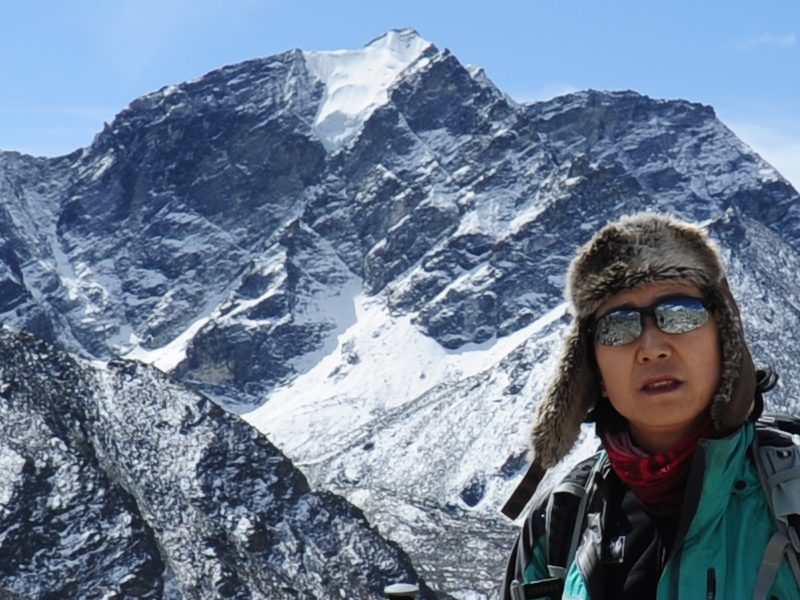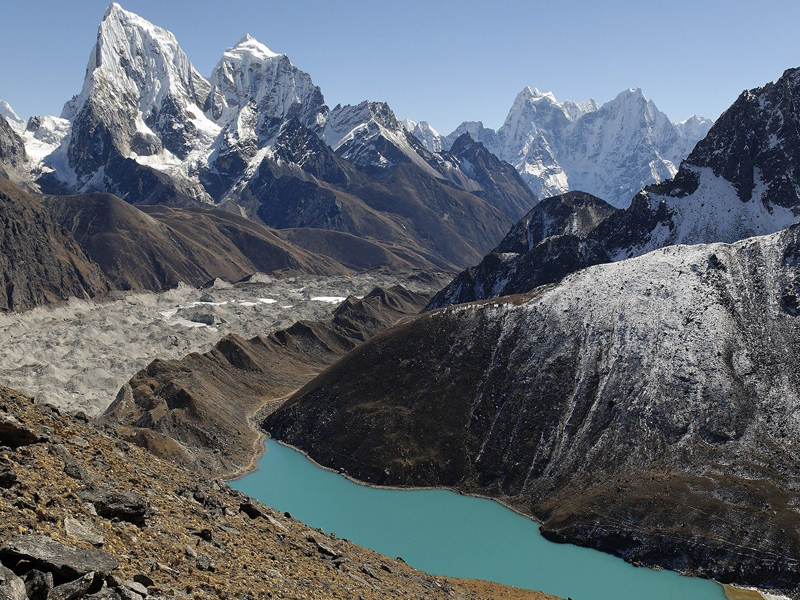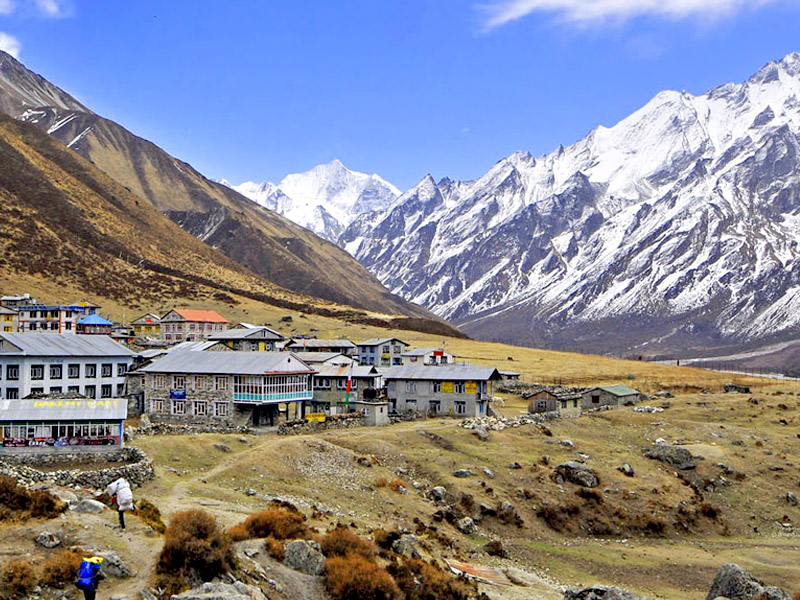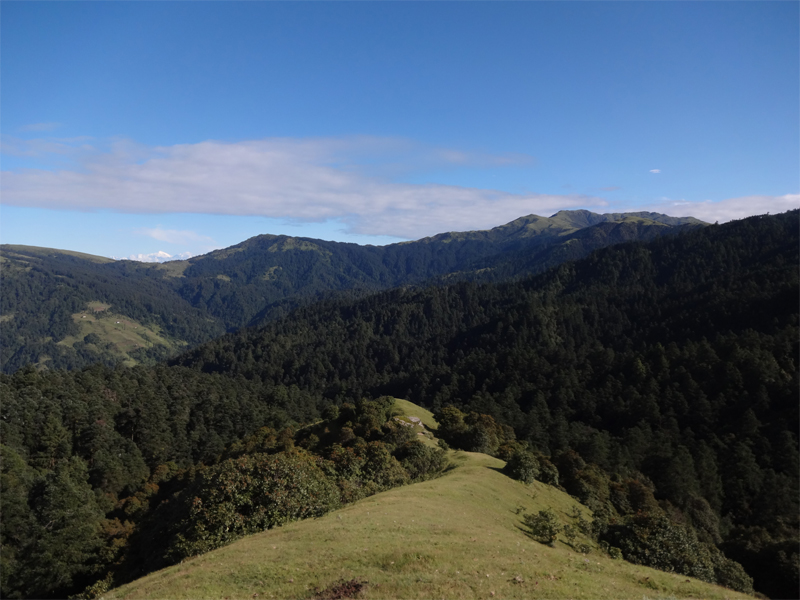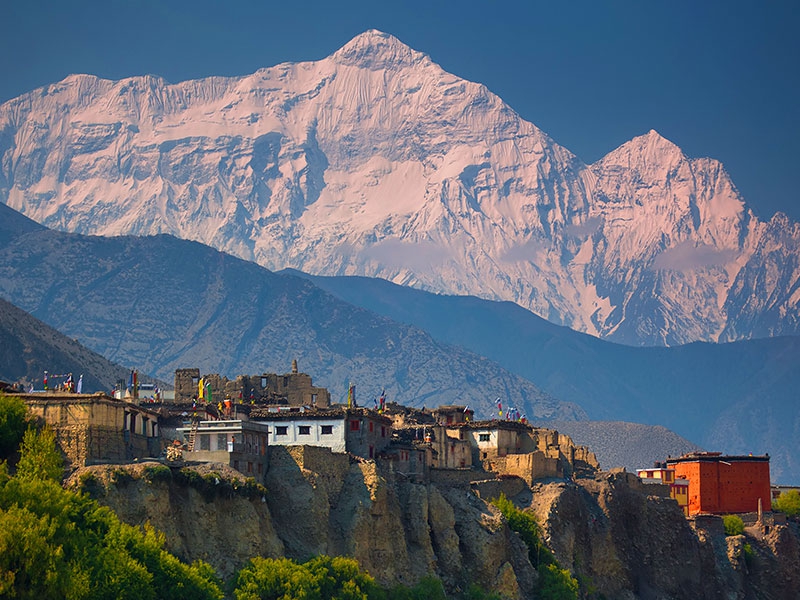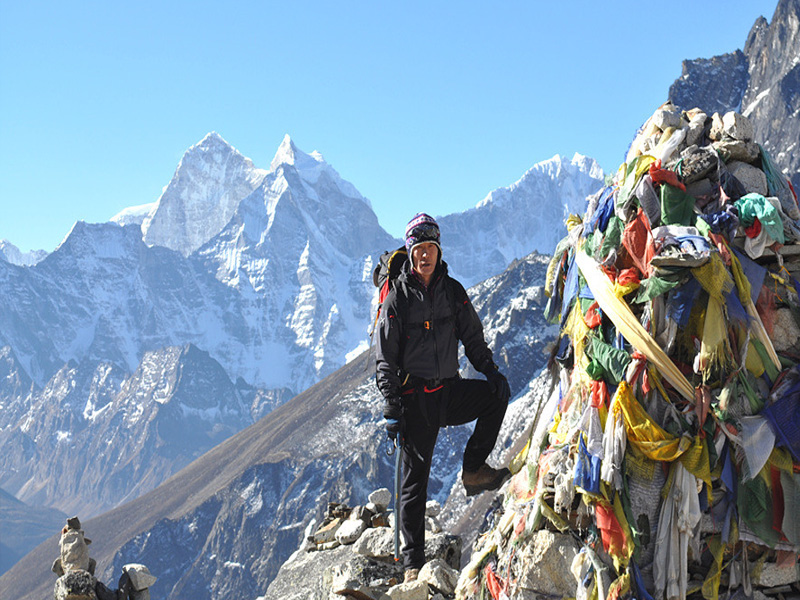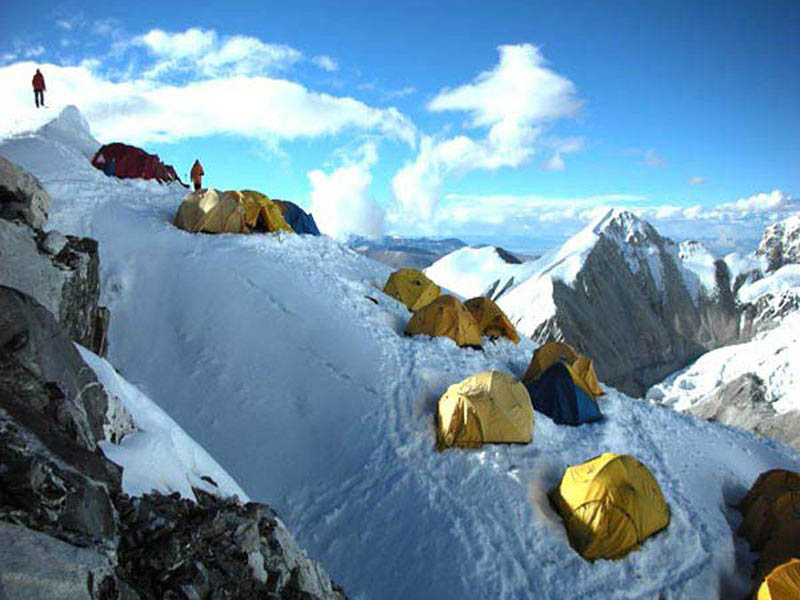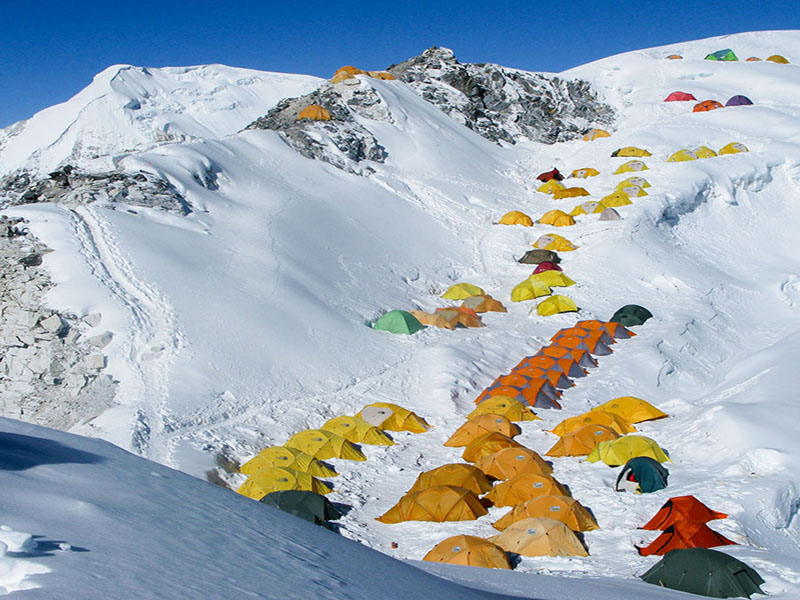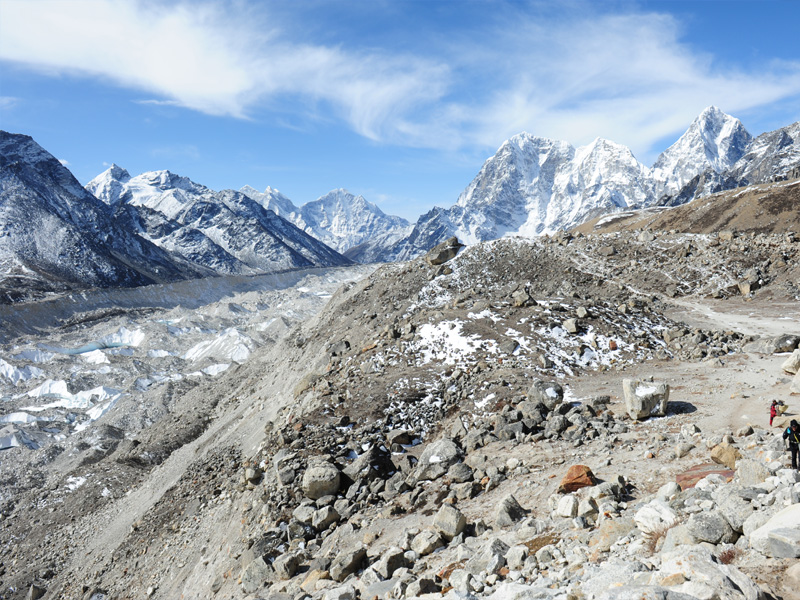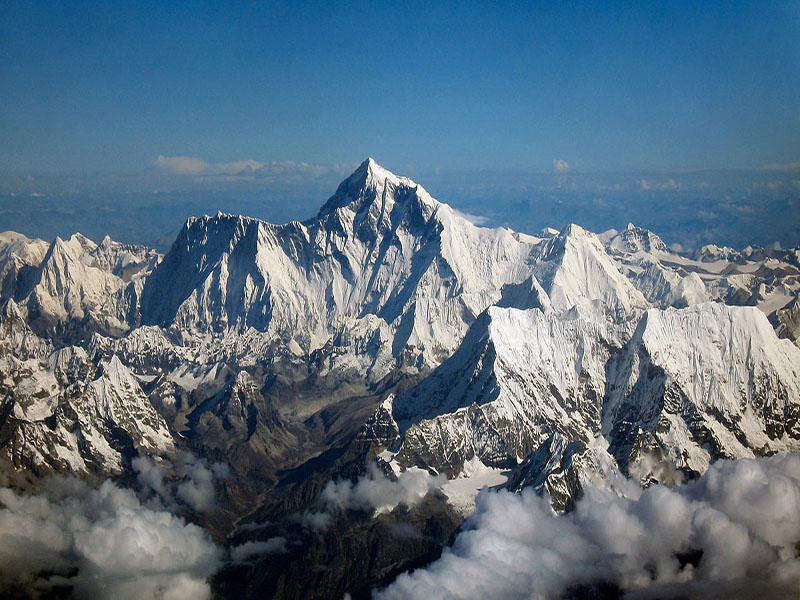Kailash Tour
TRIP OVERVIEW
Tibet Information Introduction
The Tibet Autonomous Region (TAR) is an important part of the People’s Republic of China. The name of Tibet evokes feelings of awe and mystery. Tibet has now been the much sought-after destination with its mystic, mysterious land of ancient Buddhist culture, awesome landscapes, artistic monasteries and centuries-old caravan trails. Lying on a plateau at an average elevation of 4,000 metres above sea level, the TAR is often known as the Roof of the World. With a population of 2.3 million, Tibet covers an area of 1.2 million square kilometres. The region is surrounded by the Kunlun mountains to the north and the Himalayas to the south. Lhasa is the capital city of Tibet. Situated at a height of 3,700 metres above sea level, the cultural city has a recorded history of more than 1,300 years. Constructed in 1645 A.D. on the top of a hill, the impressive Potala Palace is a centre of attraction of the city. The former seat of the Dalai Lamas has 1,000 rooms, 10,000 shrines and 200,000 religious statues. The old Lhasa city revolves around the Jokhang Temple and the quaint Barkhor market that surrounds it. Built in the 7th century, the Jhokhang is considered Tibet’s holiest Buddhist shrine. Its mural paintings, finely worked golden roofs and other works of art lure one’s eyes. Within a short distance from the old city core lies a modern capital of concrete high-rises, fancy department stores and wide boulevards. Norbulingka consists of wooded greenery and three palaces once used by the Dalai Lamas as a summer retreat. The Drepung Monastery lies about 10 kilometres from the city. Built in 1416, it is the largest in Tibet. The Sera Monastery, which is about 5 kilometres to the north of Lhasa, is another important centre of Buddhist learning. It lies amidst serene surroundings. Tibet may be one of very few lands on earth capturing man’s imagination. Nomads have been remaining much the same as they did one hundred years ago. The nomads still subsist from their yak herds. The Tibetan people and their religion are inseparable. Even in their earliest myths, one finds references to Tibetan religious beliefs. The Bon religion dominated Tibet in the past. Gradually, after the introduction of Buddhist statues and later Sanskrit documents from India, Buddhism crept increasingly into Tibetan culture. Tibetan Buddhism is the culmination of some early Bon beliefs, Indian Buddhist texts and several great lamas. Buddhism and politics had been flourished in Tibet since King Tsrongsang Gampo got married with the then Nepali princess, Bhrikuti A visit to Tibet is an astonishing experience. The traveling to Tibet is difficult and unpredictable. The infrastructure is poor to non-existent. The Qinghai-Tibet Plateau, in the southwest of China, has held high the image and reputation of Tibet being “the Roof of the World”. The majestic Tibetan highland stands on top of the world and its unique cultural tradition has owned an international fame. The great Himalayas lie in its south with the towering Mt. Qomolongma standing above all world’s peaks.

